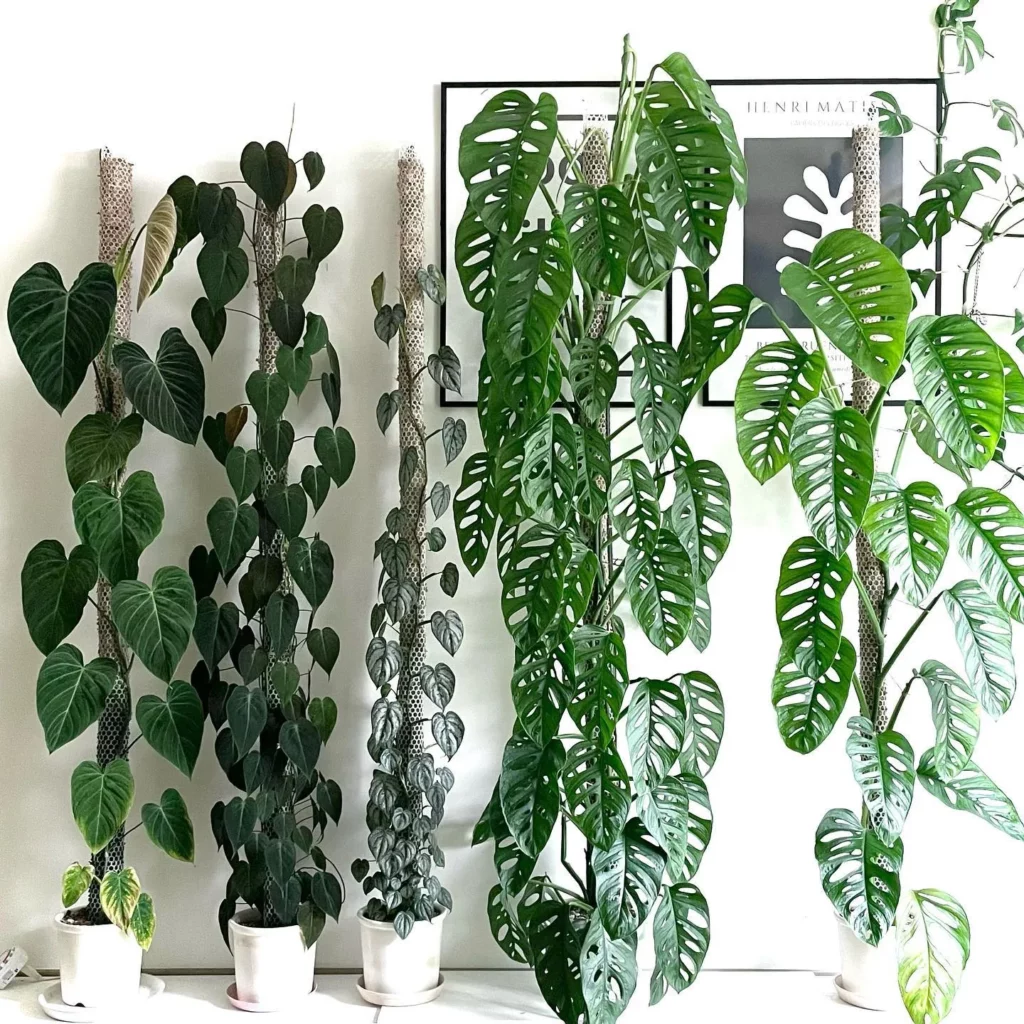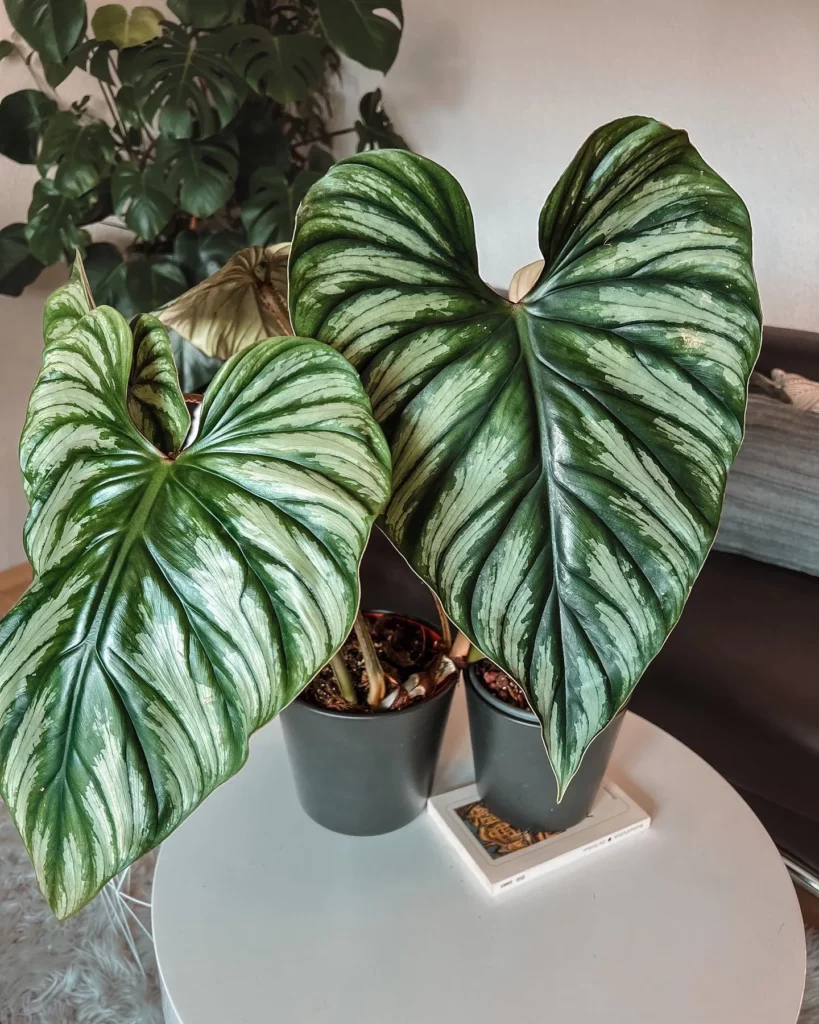To encourage a philodendron to flower, provide it with bright, indirect light, consistent moisture, and high humidity.
Philodendrons, belonging to the Araceae family alongside peace lilies and anthuriums, are popular houseplants native to Central and South America’s tropical regions. Known for their large, lush leaves and ease of care, these plants, which come in over 400 species, are unique epiphytes that grow on other plants rather than in soil, allowing them to adapt well to indoor environments. Besides their foliage, philodendrons can produce beautiful flowers, adding elegance to any space.
The Lost Art Of Philodendron Flowering



Despite their popularity as houseplants, many people are unaware that philodendrons can produce flowers at all. This is often due to a lack of understanding about how these plants work or the misconception that obtaining flowers requires extraordinary efforts.
No products found.
The truth is that getting your philodendron to flower isn’t all that difficult- it just requires a little bit of knowledge about how the plant functions. Essentially, flowering occurs when the plant reaches maturity and has enough energy stored up from photosynthesis to begin producing blooms.
It’s important to note that not all species will flower indoors; some require more light or warmer temperatures than others do. However, with proper care and attention, you may be surprised by what your beloved philodendron can do.
The Art And Science Behind Philodendron Flowering

To encourage flowering, it’s crucial to create the ideal environment for your plant. This includes providing adequate light, temperature, and humidity levels.
Typically, philodendrons do well in bright but indirect light- too much direct sunlight can scorch their leaves and prevent flower production. Consider also the temperature of your plant’s surroundings; philodendrons thrive in temperatures above 65 degrees Fahrenheit.
No products found.
If your home is particularly drafty or cold, consider moving your plant closer to a heat source or investing in a small space heater. Additionally, humidity plays an important role in promoting flowering.
Philodendrons prefer higher levels of humidity than many other houseplants. When possible, try to increase humidity around the plant by misting its leaves with water or placing a humidifier nearby.
Preventing Philodendron Flower Disappointment

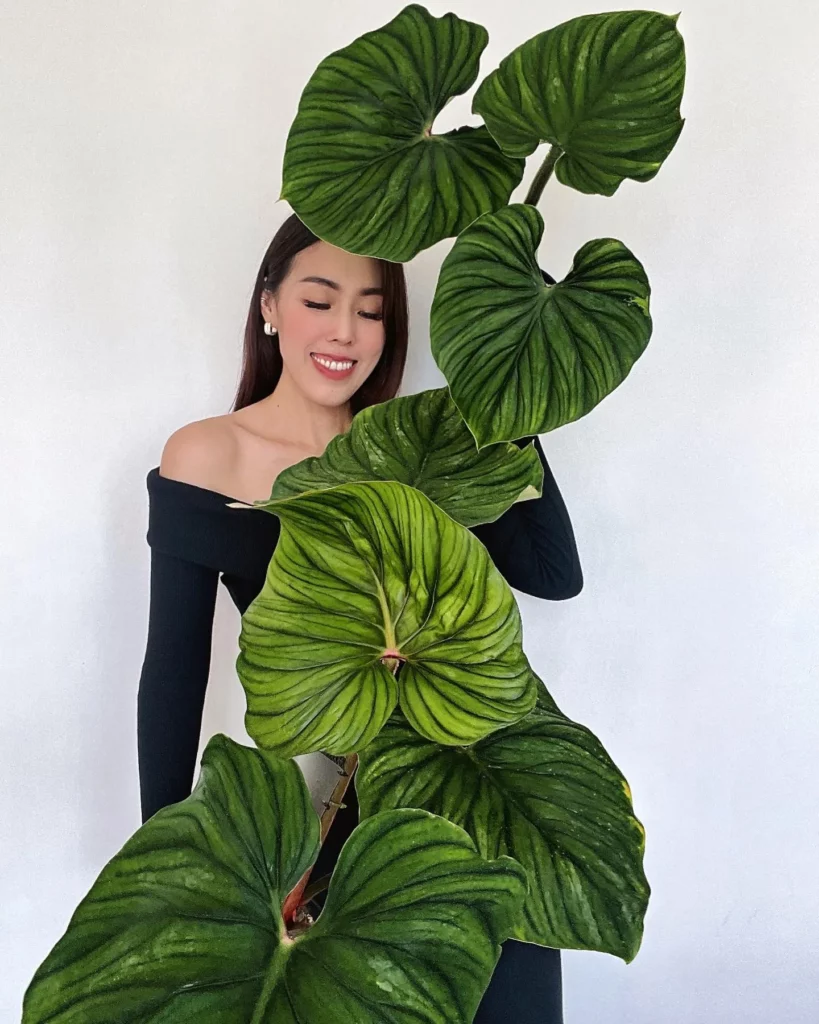

One of the biggest mistakes people make when trying to get their philodendron plants to flower is neglecting basic care and maintenance. Like any living thing, philodendrons require proper watering and fertilization to thrive.
To promote optimal growth and encourage blooms, be sure to water your plant regularly but not too often- overwatering can be detrimental. Use high-quality soil that drains well and provide fertilizer every few months during growing season.
By keeping up with routine care tasks and providing optimal conditions for growth, you can set up yourself up for success when it comes to getting your philodendron plant to flower. Stay tuned for Part II where we’ll go into more detail about creating the perfect environment for your philodendron’s flowering success!
Understanding Philodendron Flowering

It’s Not Just About The Foliage
Philodendrons are known for their big, beautiful leaves that can add a touch of tropical elegance to any room. However, what many people don’t realize is that philodendrons can also produce stunning flowers.
That’s right – these plants aren’t just a one-trick pony. But before you can enjoy the beauty of philodendron blooms, it’s important to understand how flowering works for this plant.
Light And Temperature Play A Crucial Role
If you want your philodendron to flower, you need to know about the two key factors that influence its blooming: light and temperature. In terms of light, philodendrons prefer bright but indirect light. Direct sunlight can scorch their leaves and hinder their ability to produce flowers.
No products found.
As for temperature, philodendrons thrive in warm environments with consistent temperatures around 70-80 degrees Fahrenheit. But here’s where things get tricky: different varieties of philodendrons have varying preferences when it comes to lighting and temperature.
For example, some species prefer lower levels of light or cooler temperatures than others. So while understanding the basics is important, it’s also crucial to do your research on the specific type of philodendron you’re working with.
Misconceptions About Philodendron Flowering
Despite the importance of light and temperature in getting a philodendron to flower, there are many misconceptions out there about what else might encourage blooms. For example, some people believe that pruning or fertilizing your plant will automatically lead to flowering – but this isn’t necessarily true.
In fact, over-fertilizing or under-pruning could actually harm your plant and inhibit its ability to produce flowers. It’s important to focus on creating the right growing environment for your philodendron, rather than relying solely on external interventions.
So if you’re ready to get your philodendron blooming, remember that it’s not just about adding fertilizer or pruning your plant. You need to understand the basics of how this plant flowers, and create the ideal conditions for it to thrive.
Creating The Right Environment



The Ideal Lighting And Temperature For Philodendron Flowering
If you have a philodendron plant, but it has yet to produce a flower, then it may be time to evaluate the environment. The key to encouraging flowering in philodendrons is creating an ideal environment that mimics their natural habitat.
Bright but indirect light and consistent temperatures are two essential factors that can trigger philodendrons into producing flowers. Philodendrons thrive in bright, filtered light.
Direct sunlight can scorch the leaves of the plant, leading to damage and reduced growth. However, too little light can also hinder a philodendron’s ability to flower.
Therefore, aim for an area that receives bright but indirect light throughout the day, such as near a north-facing window or under sheer curtains. In addition to lighting conditions, temperature plays a crucial role in philodendron flowering.
These plants prefer warm temperatures between 65-80°F (18-27°C), with high humidity levels. Consistent temperatures are also essential for promoting flowering since any fluctuations could reduce flower production.
The Effort Required From Plant Owners

Unfortunately, creating the right environment for your philodendron plant is not always easy and may require some effort or adjustments on your part as a plant owner. If you want to see more flowers on your philodendron plant, you will need to put in some work.
For example, if your home lacks sufficient natural light sources for your philodendron plant’s needs, you may need to consider supplemental lighting options such as grow lights or fluorescent bulbs. Additionally, maintaining consistent temperature levels can be challenging depending on where you live—air conditioning units and heaters may be necessary.
But all this effort doesn’t mean you need to break the bank! There are plenty of budget-friendly ways to create the ideal environment for philodendron flowering.
For example, you can use reflective surfaces such as mirrors or aluminum foil to redirect sunlight towards your plants. You can also create a humid environment by misting your plant regularly or placing a tray of water nearby.
Overall, creating the right environment for your philodendron may require some effort and investment on your part, but it’s worth it to see those beautiful flowers blooming! Remember that every plant is unique and may require different adjustments, so be patient and willing to experiment until you find the perfect balance of light and temperature for your philodendron.
Proper Care And Maintenance

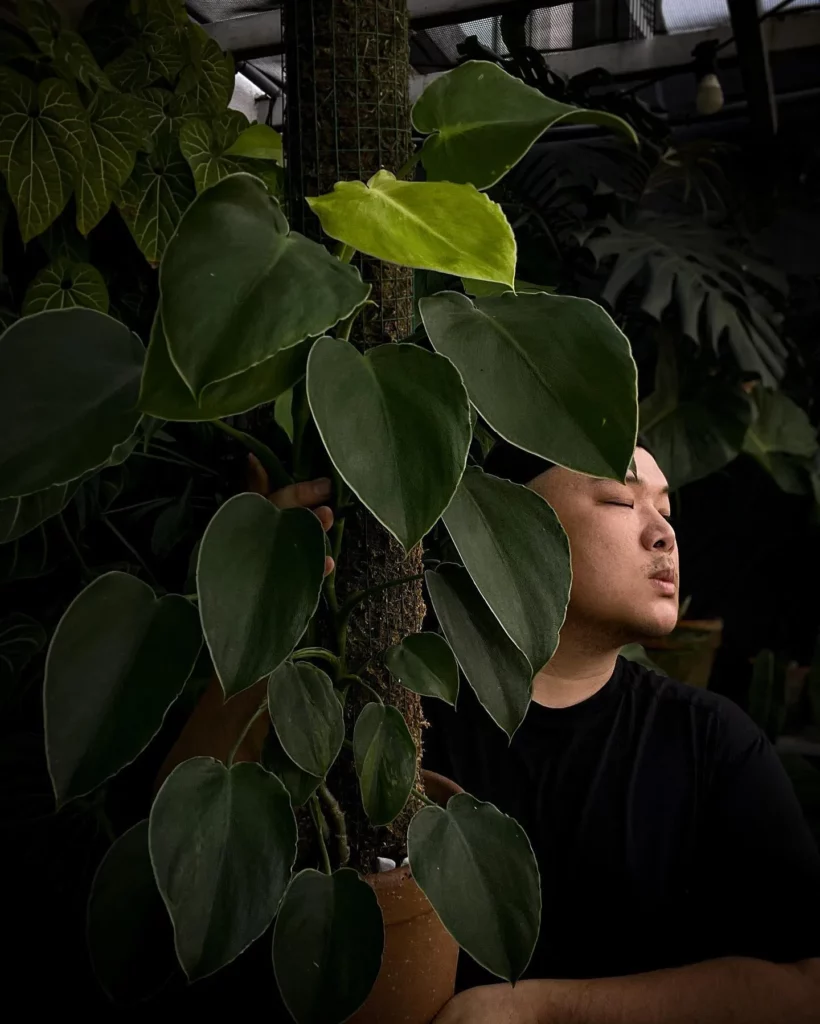
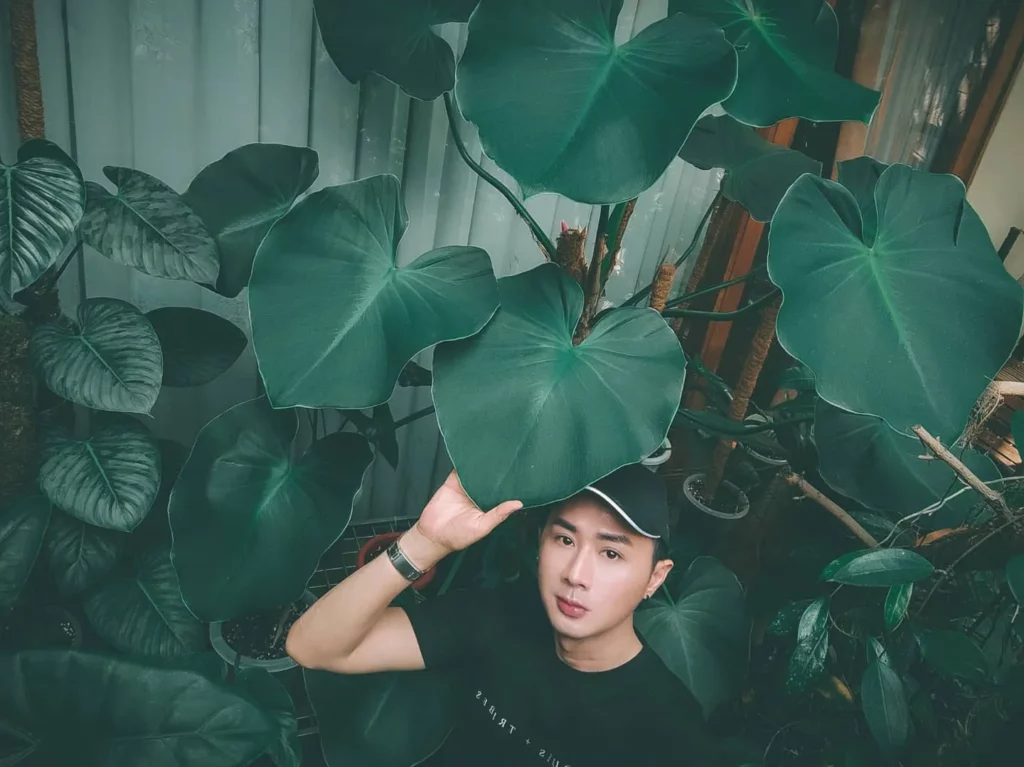
Emphasize The Importance Of Proper Care And Maintenance In Promoting Flowering, Such As Regular Watering And Fertilization
Let me tell you something, folks – if you want your philodendron to flower, you better be prepared to put in some effort. That means providing it with the proper care and maintenance it needs to thrive.
And yes, that includes regular watering and fertilization. Now I know what you might be thinking – “But I water my plant when I remember!” or “I don’t have time to fertilize every week!” Well, let me tell you something – neglecting these tasks could seriously hinder your philodendron’s ability to produce those beautiful flowers you’re after.
Let’s start with watering. Philodendrons like consistently moist soil, but not waterlogged.
That means checking the soil frequently (yes, that means more than once a month) and watering when the top inch or so feels dry. And don’t just dribble a little bit of water on top – give it a good soak until water runs out of the drainage holes.
Trust me, your plant will thank you for it. And while we’re on the topic of thankless tasks, let’s talk about fertilization.
Philodendrons are heavy feeders and require regular doses of nutrients to grow strong and healthy. That means using a balanced fertilizer every two weeks during the growing season (spring through fall) and backing off during winter when growth slows down.
Insinuate That Neglecting These Tasks Could Hinder A Philodendron’s Ability To Produce Flowers
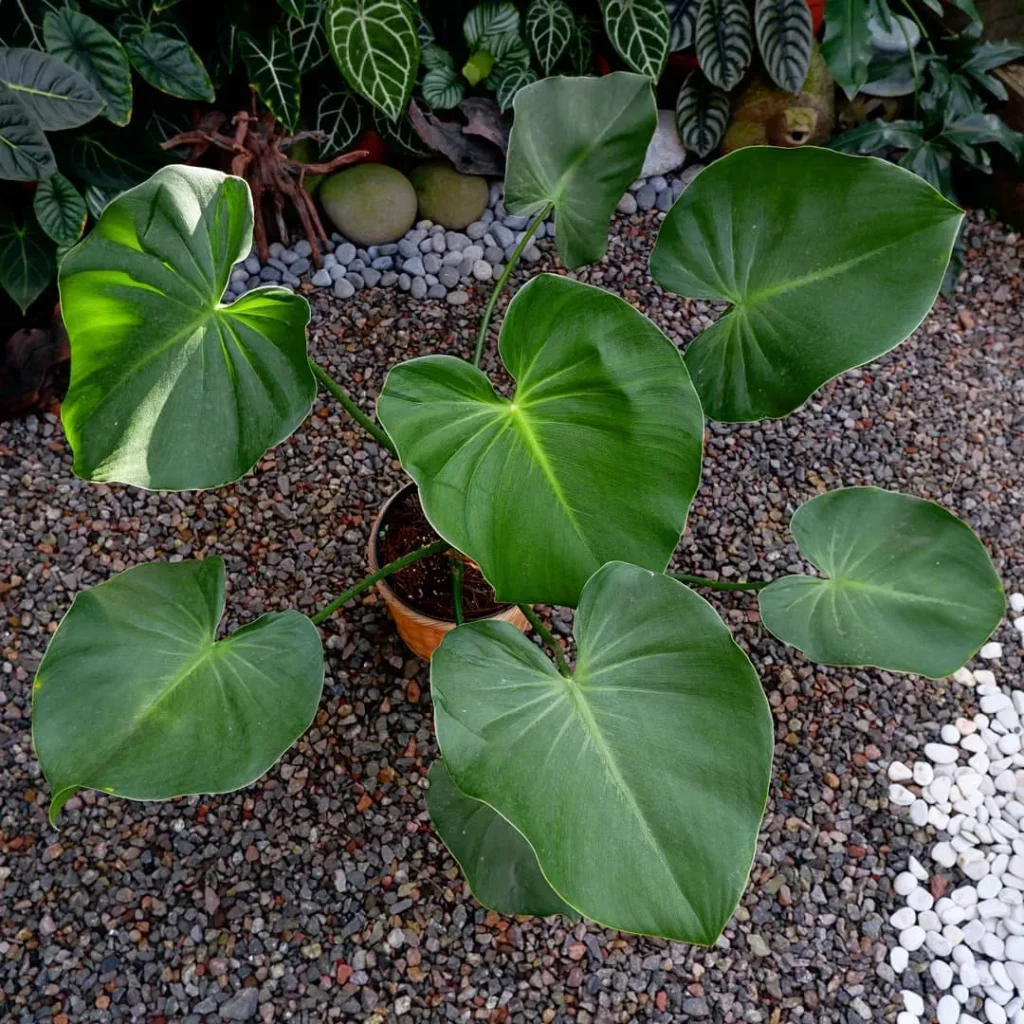
Listen up, folks – if you’re not willing to provide your philodendron with proper care and maintenance, then don’t expect it to flower anytime soon. Neglecting these tasks is like asking someone to run a marathon without training – it’s just not going to happen.
Let’s start with watering. If you let your philodendron dry out too much, the leaves will start to wilt and droop.
And if you let it sit in water for too long, the roots will rot and the plant will suffer. Neither of these scenarios is conducive to flower production. And then there’s fertilization. If you don’t give your philodendron enough nutrients, it will struggle to grow and may become susceptible to pests and diseases.
And if you over-fertilize, you can damage the roots and burn the foliage. Again, neither of these scenarios is going to help your plant flower.
So do yourself a favor – make a commitment to properly caring for your philodendron if you want it to reward you with its beautiful flowers. It may take some extra effort on your part, but trust me – it’s worth it.
Philodendrons Are Living Creatures That Deserve Proper Care

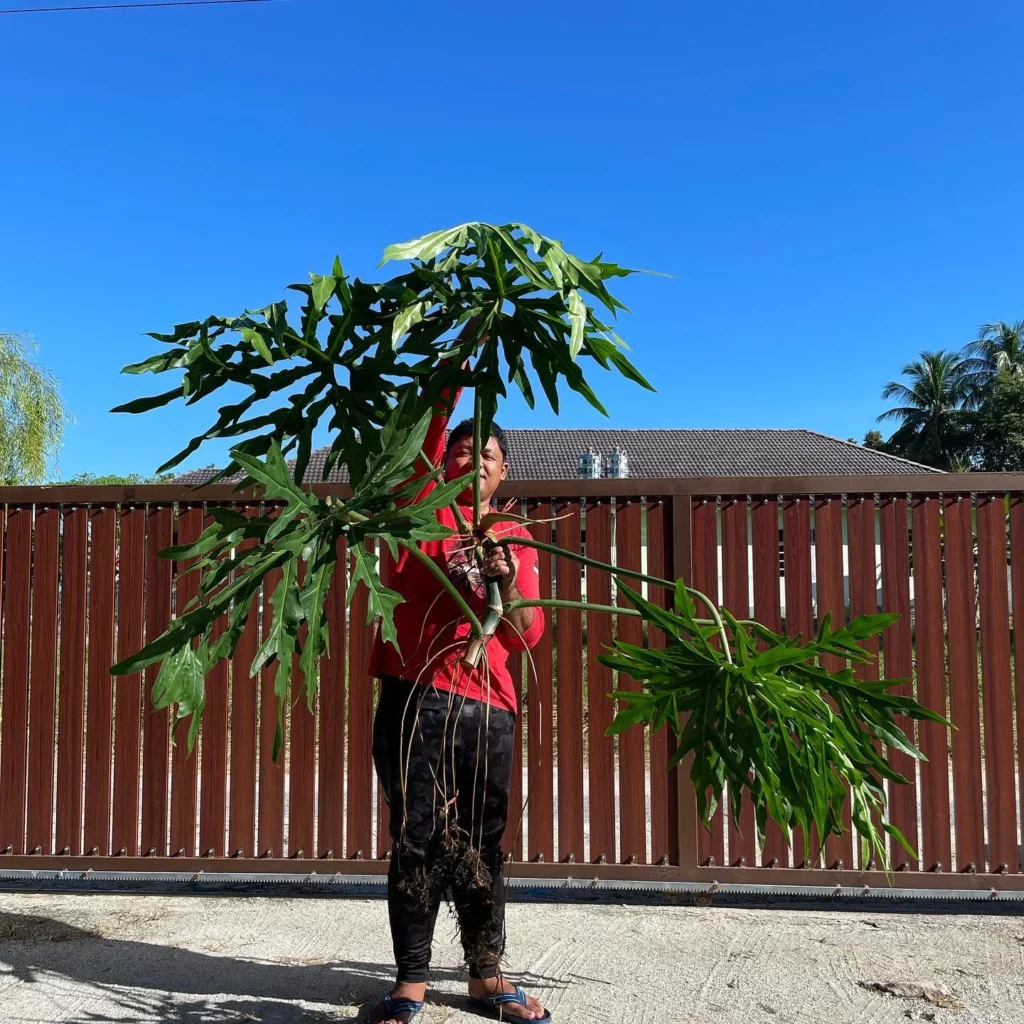
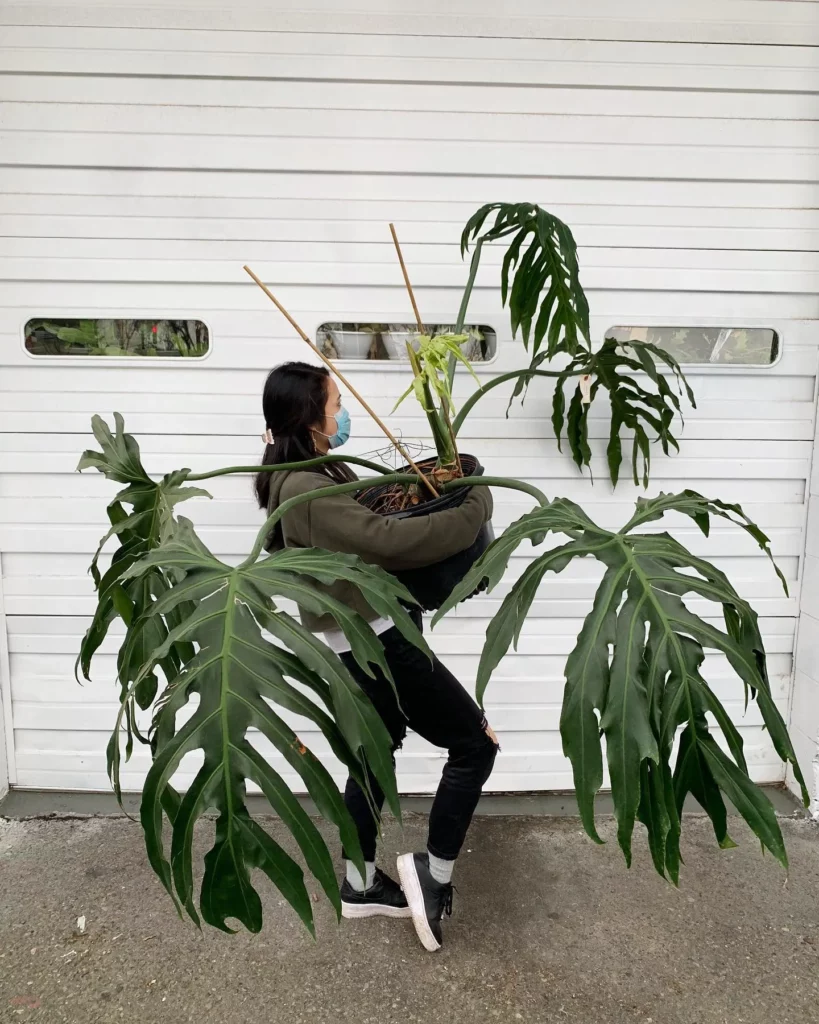
Alright folks, I’m going to get real with you for a minute here. Your philodendron isn’t just some inanimate object that sits there looking pretty (although let’s be real – they are pretty). It’s a living creature that deserves proper care and attention.
Think about it – would you neglect a pet dog or cat? Of course not!
So why would you neglect your beloved philodendron? It deserves proper watering, fertilization, and all the other TLC necessary for it to thrive.
And believe me when I say this – neglecting those tasks doesn’t just hurt your plant, but also hurts YOU as its caretaker. You’ll feel guilty when those leaves start wilting or turning yellow from lack of water or nutrients.
So do yourself and your plant a favor – commit to providing proper care and maintenance on a regular basis. Not only will your philodendron thank you with beautiful flowers, but you’ll feel good knowing you’re doing your part to keep it healthy and happy.
Proper Care And Maintenance Is A Small Price To Pay For Beautiful Flowers
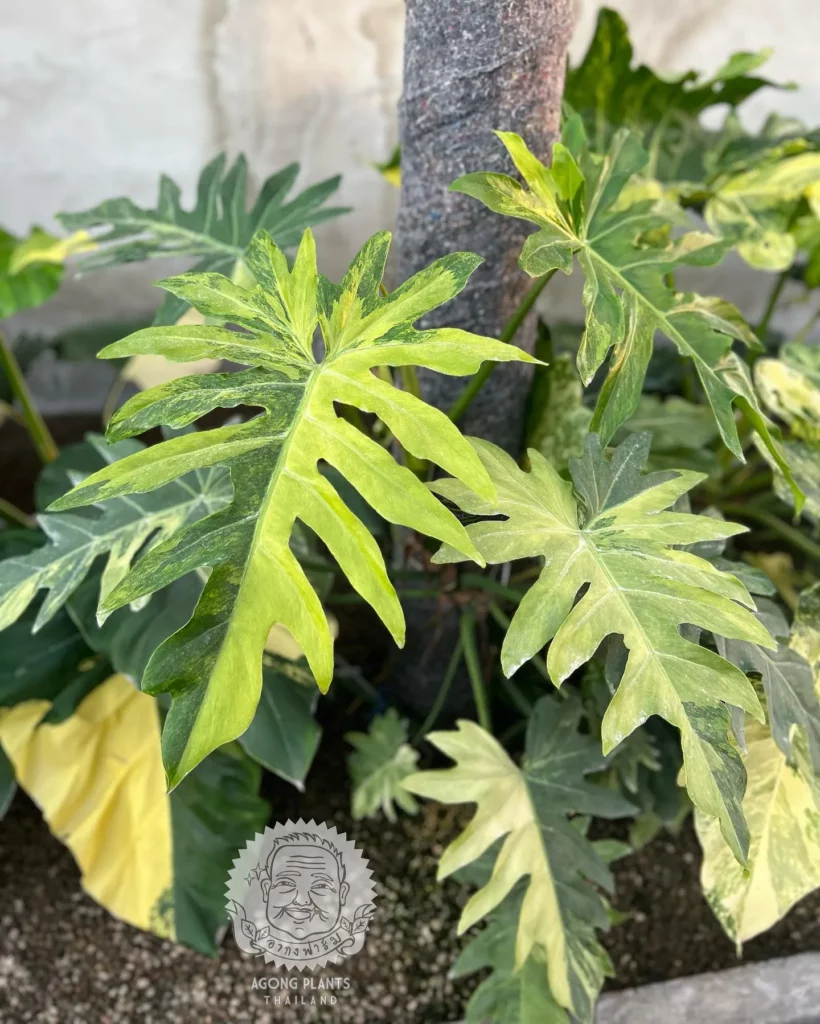
Let me ask you something – how badly do you want your philodendron to flower? If the answer is “pretty badly”, then listen up.
Proper care and maintenance is a small price to pay for those beautiful flowers. Sure, it may take some extra effort on your part.
You may have to water more frequently or remember to fertilize every other week. But think of it this way – every time you give your plant what it needs, you’re one step closer to those gorgeous blooms.
And let me tell you something else – when those flowers finally do appear, all that effort will be worth it. You’ll feel proud knowing that YOU were the one who made them happen.
So don’t let laziness or forgetfulness stand in the way of achieving your philodendron’s full potential. Give it the proper care and maintenance it deserves and watch as those beautiful flowers start to emerge.
The Virtue Of Patience
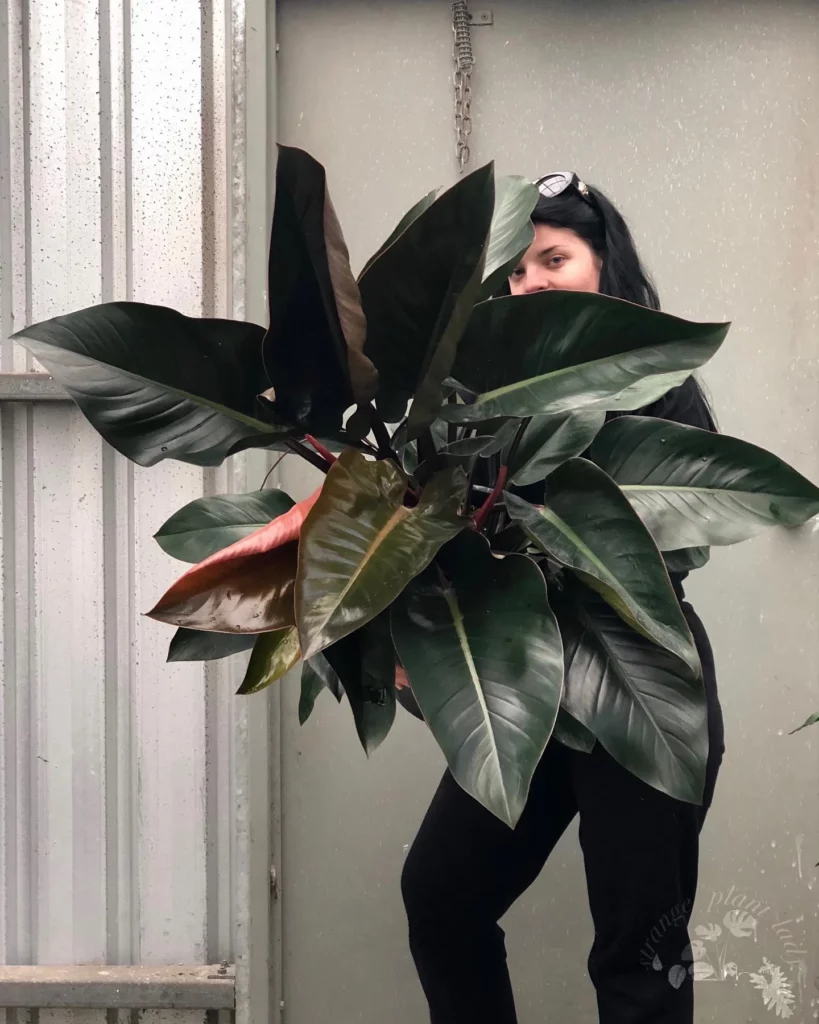


Waiting For The Bloom
When it comes to philodendrons, time is a critical factor in getting these plants to produce those stunning flowers you’ve been dreaming of. The process can take weeks, months or even years! If you’re not willing to wait it out, then this plant may not be for you.
Patience is a virtue that many gardeners have forgotten in this age of fast-paced instant gratification. We want everything now and without any effort on our part.
Unfortunately, that’s not how nature works. Philodendrons are living organisms with their own internal timelines and processes.
Flowers are produced only when the plant is ready. So before you throw your philodendron out the window because it’s taking too long to bloom, take a deep breath and remind yourself that good things come to those who wait.
Experimentation Is Key
If you’re still waiting for your philodendron to flower after giving it ample time and care, then it’s time to experiment. There’s no one-size-fits-all formula for getting these plants to bloom. Every plant has its own unique set of needs and preferences that must be met before they’ll produce flowers.
Start by adjusting the light exposure or temperature in your growing area and observe how your plant responds over the course of several weeks. If there’s no noticeable change, try adjusting other factors such as soil pH levels or fertilizer types.
Don’t be afraid to try different methods until you find what works best for your particular plant. Keep track of what worked and what didn’t so that you can replicate successful efforts in the future.
Persistence Pays Off
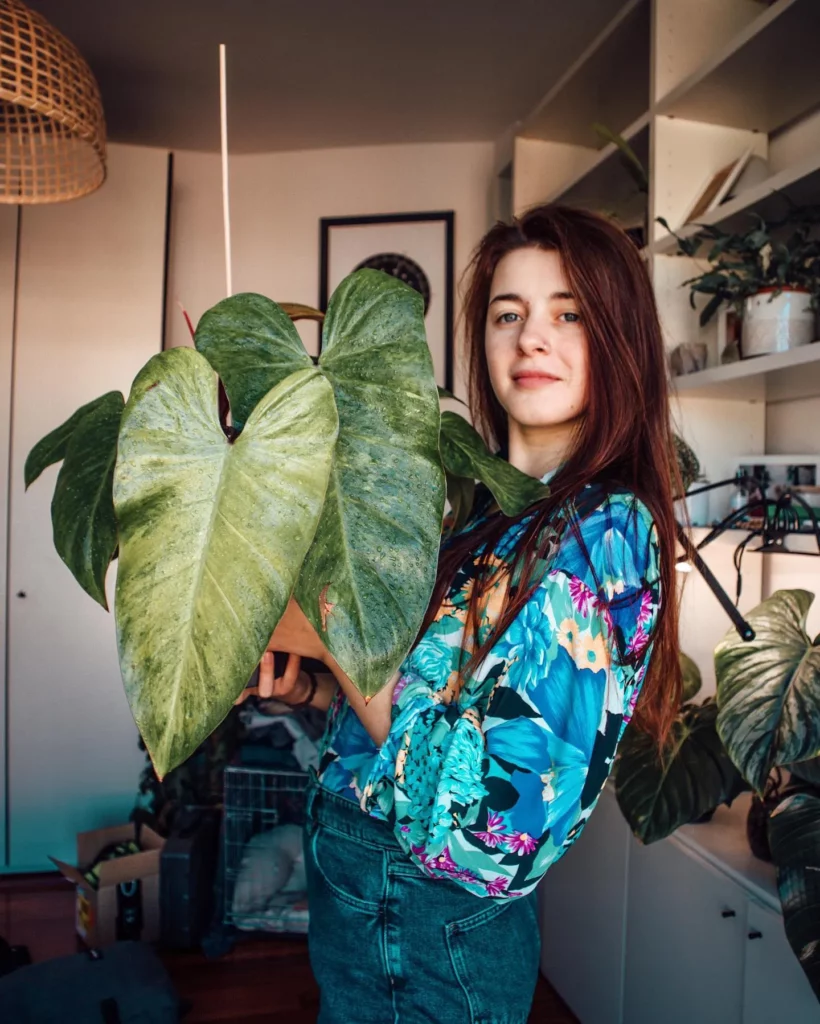
The road to getting your philodendron to flower may be long and winding, but don’t give up hope! With persistence and patience, you’ll eventually get to enjoy the fruits of your labor.
Keep in mind that even if your philodendron never produces a flower, it’s still a beautiful and valuable addition to your indoor garden. These plants have lush foliage that can add a touch of greenery and life to any space.
So don’t stress too much about getting your philodendron to bloom. Instead, focus on enjoying the journey and learning more about these fascinating plants along the way.
Frequently Asked Questions
To hand-pollinate a philodendron, you can use a small brush or cotton swab. Gently collect pollen from the stamen of a mature flower and transfer it to the stigma of another flower. Repeat this process with multiple flowers to increase the chances of successful pollination. Hand-pollination can be particularly useful when there is limited access to natural pollinators or when you want to control the specific crosses for breeding purposes.
Heartleaf philodendrons (Philodendron hederaceum) have the potential to produce small, inconspicuous flowers but it is rare for them to bloom indoors. To increase the likelihood of flowering, provide optimal growing conditions such as indirect light, proper watering, and occasional fertilization.
To encourage new growth in philodendron plants, provide them with suitable growing conditions. Ensure they receive bright, indirect light, as direct sunlight can scorch the leaves. Keep the soil consistently moist but avoid overwatering, as excessive moisture can lead to root rot. Additionally, fertilize the plant regularly during the growing season with a balanced houseplant fertilizer. Pruning can also stimulate new growth by removing leggy or unhealthy stems.
It is generally recommended to remove philodendron flowers by pruning. Philodendrons are primarily grown for their foliage, and the flowers are typically inconspicuous and not particularly showy. By removing the flowers, you can redirect the plant’s energy towards foliage growth, enhancing the overall appearance of the plant. However, if you enjoy the look of the flowers or are interested in allowing the plant to produce seeds for propagation purposes, you can choose to leave the flowers intact.
After reading this, check out our other articles on:
Conclusion: The Beauty Of A Flowering Philodendron


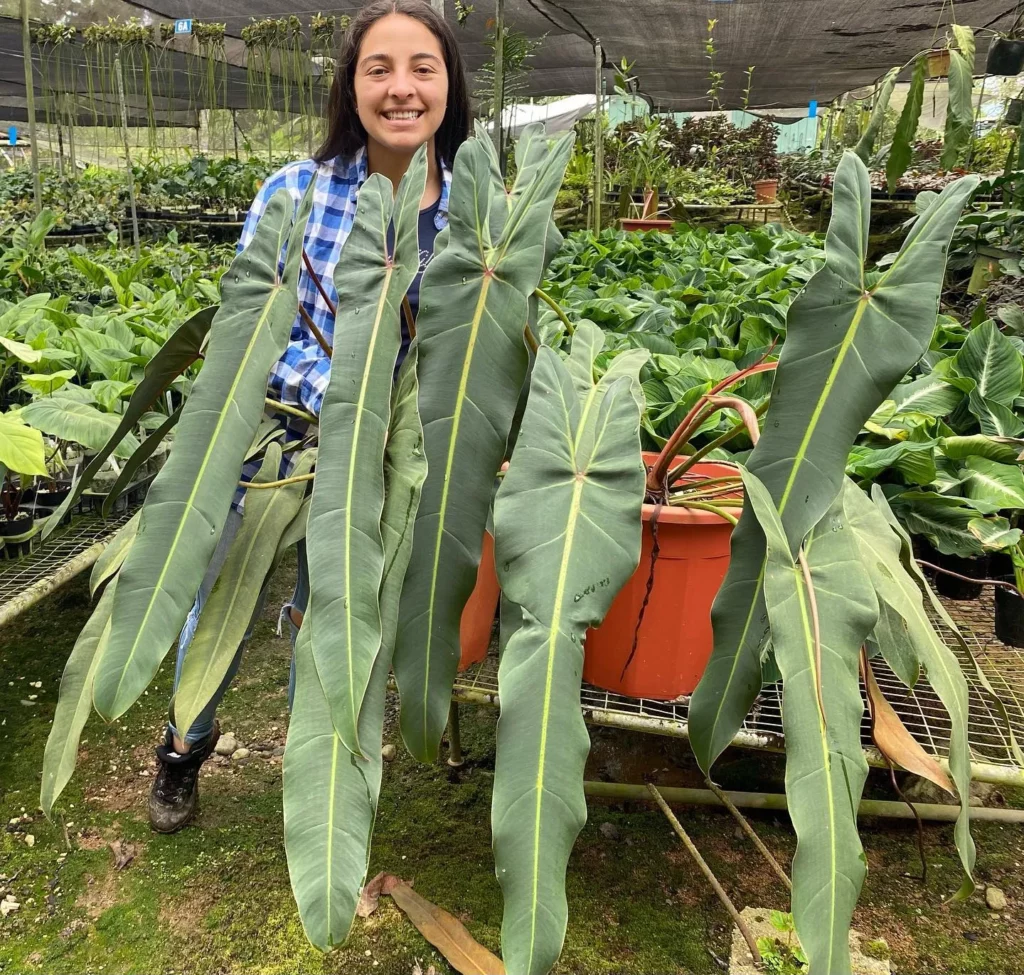
Summarizing Key Points For Philodendron Flowering
Philodendrons are beautiful and popular houseplants that can provide a stunning addition to any home or office. While the plant is often admired for its lush foliage, many people are not aware that philodendrons can also produce beautiful flowers.
In this article, we’ve discussed some important tips and tricks to help you get your philodendron to flower. First and foremost, it’s crucial to understand the basics of how philodendrons flower.
Light and temperature both play important roles in the process, so ensure your plant is getting consistent bright but indirect light and steady temperatures–this will create a suitable environment! Additionally, make sure you’re providing proper care and maintenance–regular watering and fertilization are essential.
However, encouraging your philodendron to bloom may require some effort on your part as a plant owner. Creating the right environment for your plant may require some adjustments like moving it closer to or farther away from windows depending on light conditions.
And remember: patience is key! Getting your philodendron to flower takes time.
Encouragement For Readers
But don’t be discouraged if progress seems slow at first. Keep up with proper care techniques even if you don’t see immediate results–it takes time for plants to respond positively! Additionally, experimenting with different environmental factors might be necessary before finding what works best for your individual plant; everyone’s conditions will differ slightly.
In the end though, there’s nothing quite as satisfying as seeing a once-flowerless philodendron suddenly sprout gorgeous blooms thanks to all of your hard work. So take our advice –a little bit goes a long way when it comes to getting philodendrons flowering; these plants are absolutely worth the effort!
Take the tips presented here and try them out for yourself. Your philodendron can become a real showstopper, with beautiful flowers that will add an extra touch of color and beauty to your home or office.


